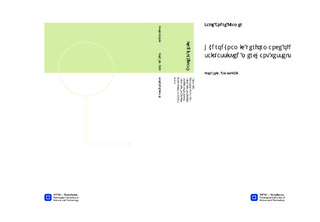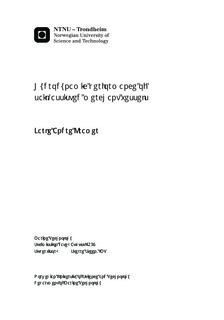| dc.description.abstract | The main goal of this project was to explore the different physical effects that are involved when a ship is using the technology of wing sails as propulsion. The wing sails can provide a lot of thrust, but they also create a side force. This side force will force the ship to go with a yaw angle and a heeling angle. The consequence of these angles on the ship resistance was of interest. That is, what are the negative effects to be considered when calculating the potential thrust from a wing sail?Two ship models were selected and they were equipped with wing sails of considerable size. Realistic wind conditions were assumed. The goal was then to simulate the resulting force on these ships, from both the air and the water.In order to do this, a custom Boundary Element Method (BEM) was developed. This code can simulate the flow around an arbitrary amount of wings, with an arbitrary shape, under the assumption of potential flow. OpenCL was used to make the code fast, while the open source 3D geometry software Blender was used for handling the geometry and post processing. The interaction effects for 8 wings in a row, under the assumption of potential flow, was explored. Some discussion about wing sails in general, along with some simple experiments involving foil shapes has also been done.In order to model the flow around a ship hull traveling with a yaw angle, Computational Fluid Dynamics (CFD) was used, through the commercial software STAR CCM+. The author did some mistakes while using this software, but was able to at least estimate the effect of yaw on a ship. External experimental data was used to complement the data from the CFD simulations, so that reliable results could be produced in the end.It was found that yaw has a significant effect on the resistance of a ship, while heel has almost no effect at all. The side force generated by a ship hull is non-linear in nature, which is explained by the presence of cross flow drag.The results from the BEM code, the CFD simulations and some external experiments were coupled together to estimate the importance of yaw on a ship. It was discovered that even though a ship hull is a poor lifting surface, the resulting yaw angle for a ship under the influence of wing sails is not very large. The high density of water limits the yaw angles considerably. That is, at almost-head-wind conditions, the added resistance due to yaw is significantly reducing the effective thrust from a wing sail, but there is very little thrust at these wind conditions to begin with. | nb_NO |

